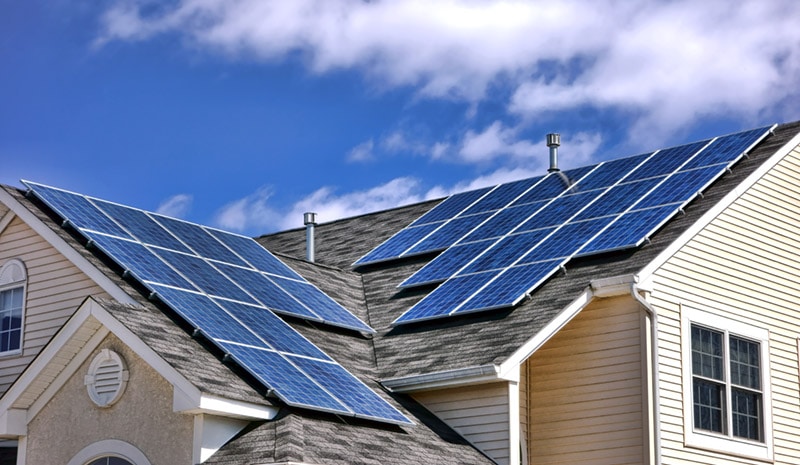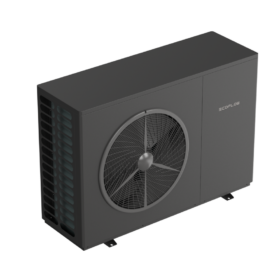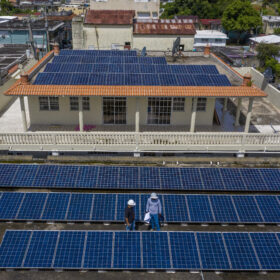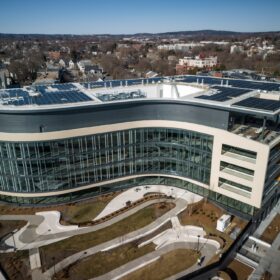Considering solar modules as a commodity is an easy trap to fall into. While DC capacity is particularly important, there’s so much more to solar modules that needs to be carefully considered to ensure you’re delivering the right technology to your customers. While customers care about “first cost,” perhaps more so now than ever before, helping explain “total cost” and system yields can have an outsized positive impact in preservation of margin and increased revenues for your business.
Cells sell
Often overlooked in the residential sales process, but vitally important to the efficiency and long-term reliability of a solar module are its cells. At a high level, there are three main types of cell architecture: N-type, P-type, and Hetero-junction (HTJ). P type is the most common, accounting for approximately 80% of global cell capacity. P-type PERC has been widely adopted because it is generally less expensive to manufacture and faster to scale. However, there are a few downsides for use in residential applications, such as P-type’s susceptibility to light induced degradation (LID), which is why users see a first-year degradation allowance on most modules of 3%.
N-type and HTJ allow for higher conversion efficiencies than P-type and, due to their chemical doping, do not experience LID. Although there is some first-year instability in performance, the first-year degradation allowance of these modules are typically less than 2%.
Another noteworthy technical call-out is that N-type and HTJ cells are inherently bifacial without any additional process steps. This means that their conversion efficiency is typically higher than P-type cells, even when assembled into modules with white backsheets. White backsheets do allow for some light transmittance and can produce measurable “back side” energy yield with N-type cells, which means the kW/kWh conversion efficiency is higher than P-type PERC modules. Higher conversion efficiency translates to more energy production and higher yields over the life of the system.
The final important point to consider is multi busbar, or back contact modules, which are less susceptible to greater power loss if exposed to micro-cracking. This, along with physical and chemical properties, helps substantiate the lower warranted degradation rates of N-type and HTJ modules.
Typical P-type PERC have an allowable degradation rate of 0.7% per year, whereas an N-type will have a warranted degradation rate around .33%. While those fractions of a percentage may seem inconsequential, over time they add up. For instance, at year 25, a 0.7% d-rate warranty has a system performing at 80% of its nameplate capacity, whereas the LG warranty structure, for example, is 90%. When considering escalating costs of energy, that extra yield is worth valuable money. As for a more specific example, take a 10kW system in California with 20-cent avoided power escalated at 4% per year; the N-type system will generate more than $15,000 in additional energy savings as compared to an equivalent P-type PERC module. That’s real value that can, and should, be sold.
If you’re using a third-party proposal generating tool, it’s important to ensure that you’re using actual module parameters versus system defaults. By using stock variables, you could be leaving valuable money at the kitchen table.
Is Bigger better?
As more manufacturers unveil 66 cell modules or bring to market “shingled” modules that are larger in footprint than traditional 60 cell modules, it’s important to look past the upfront nameplate rating. Check module efficiency, and more importantly, ensure you’re using proper dimensions when laying out an array. With setbacks the extra six to eight inches” on a module can actually lower DC capacity.
The other critical factor to consider is racking and Balance-of-System (BOS)compatibility. If your crews are field fabricating rack because it’s too short for these longer modules, your module savings can quickly be cancelled out by increased installation time and BOS costs.
Sales teams should be able to explain the difference to homeowners that a higher DC capacity of a module doesn’t necessarily translate to a more efficient system, or even a longer-term yield.
The views and opinions expressed in this article are the author’s own, and do not necessarily reflect those held by pv magazine.
This content is protected by copyright and may not be reused. If you want to cooperate with us and would like to reuse some of our content, please contact: editors@pv-magazine.com.







By submitting this form you agree to pv magazine using your data for the purposes of publishing your comment.
Your personal data will only be disclosed or otherwise transmitted to third parties for the purposes of spam filtering or if this is necessary for technical maintenance of the website. Any other transfer to third parties will not take place unless this is justified on the basis of applicable data protection regulations or if pv magazine is legally obliged to do so.
You may revoke this consent at any time with effect for the future, in which case your personal data will be deleted immediately. Otherwise, your data will be deleted if pv magazine has processed your request or the purpose of data storage is fulfilled.
Further information on data privacy can be found in our Data Protection Policy.